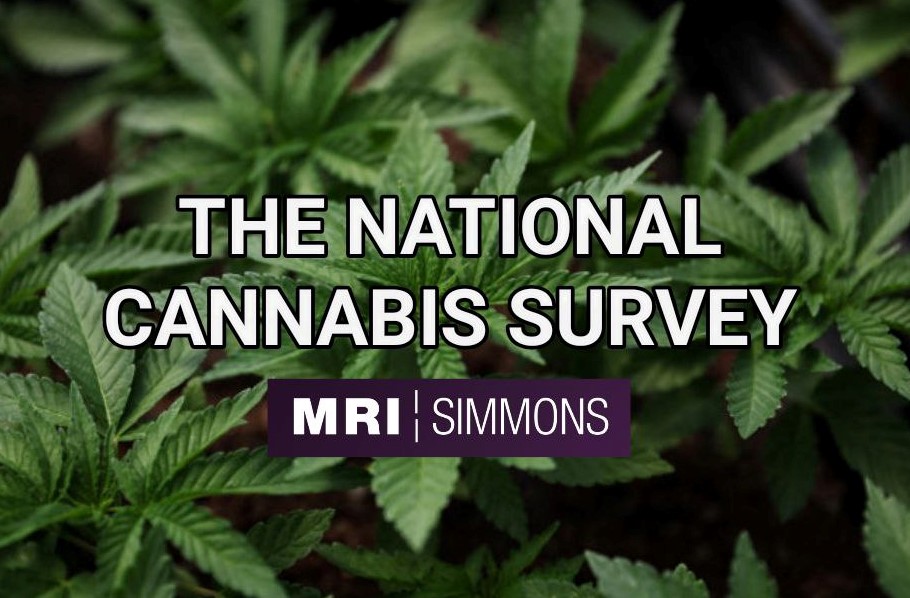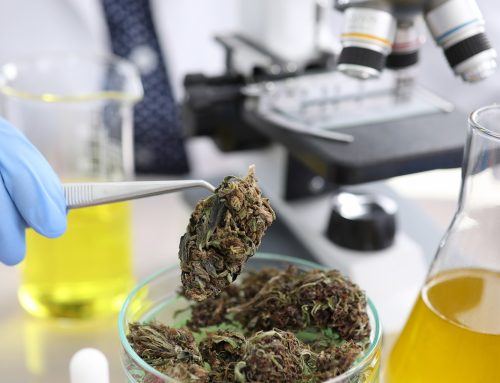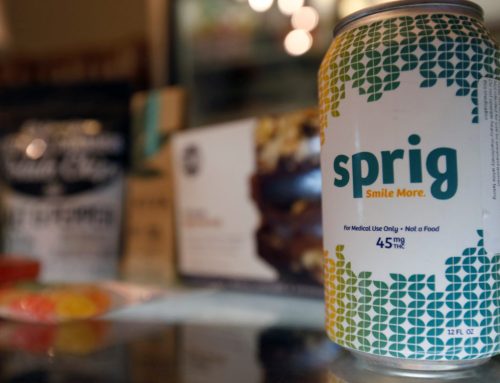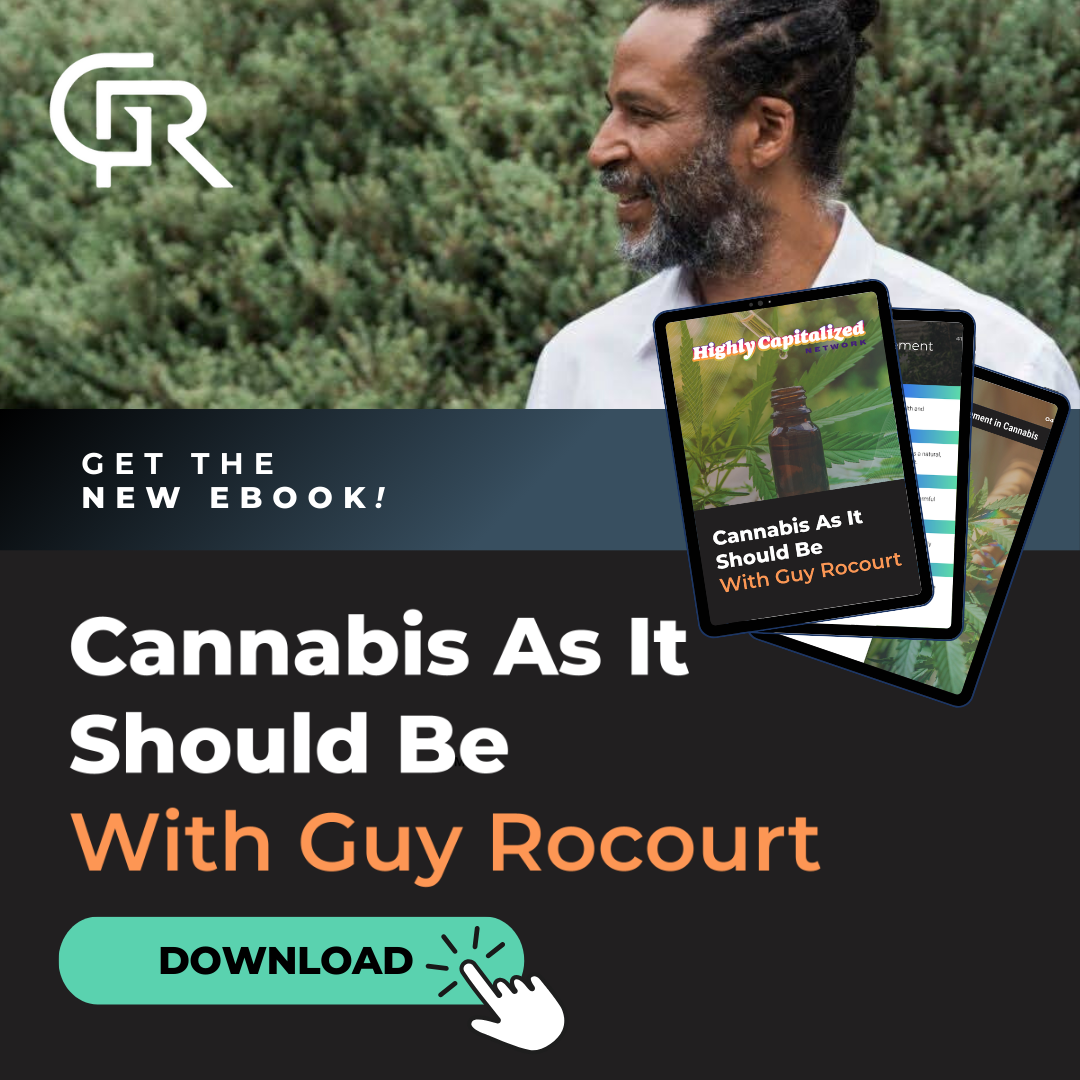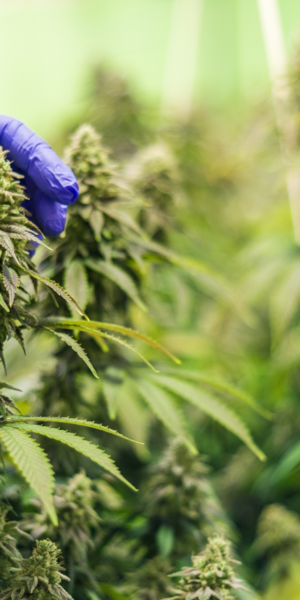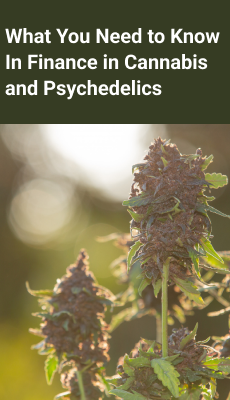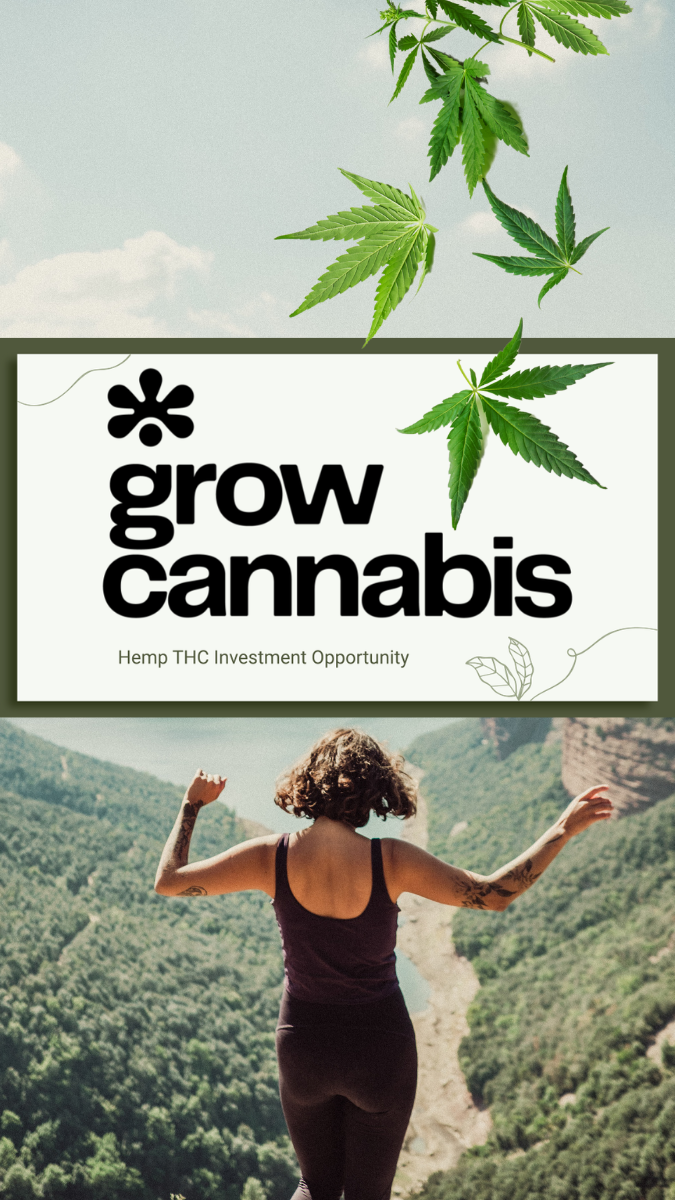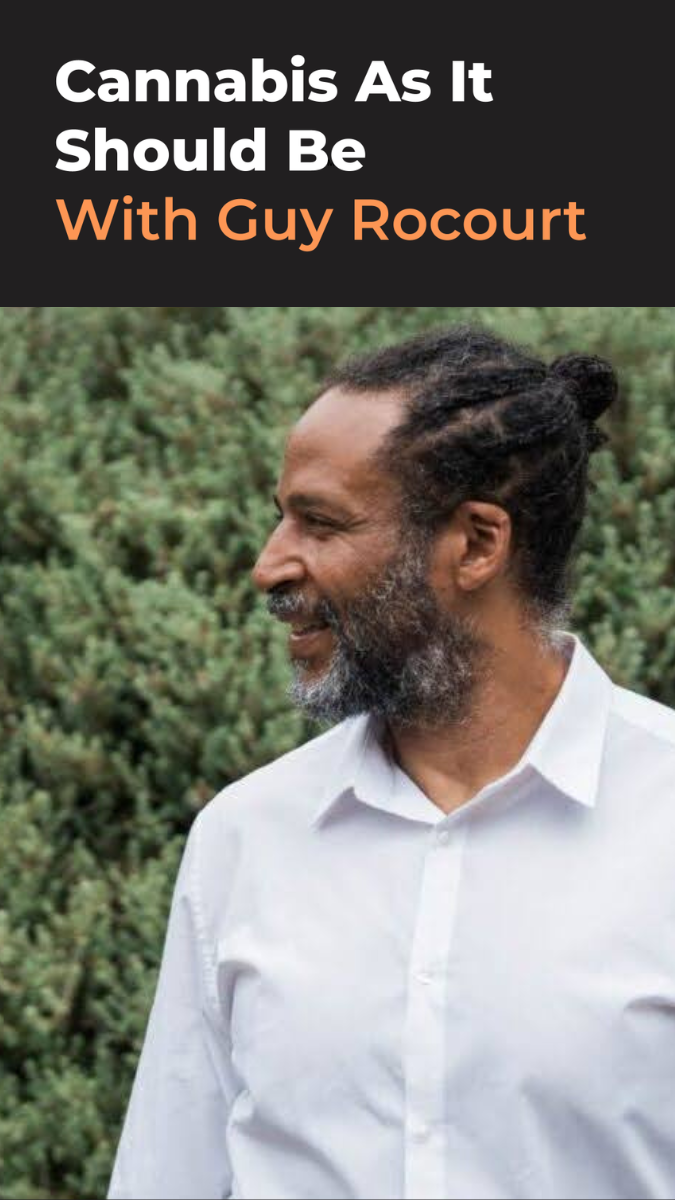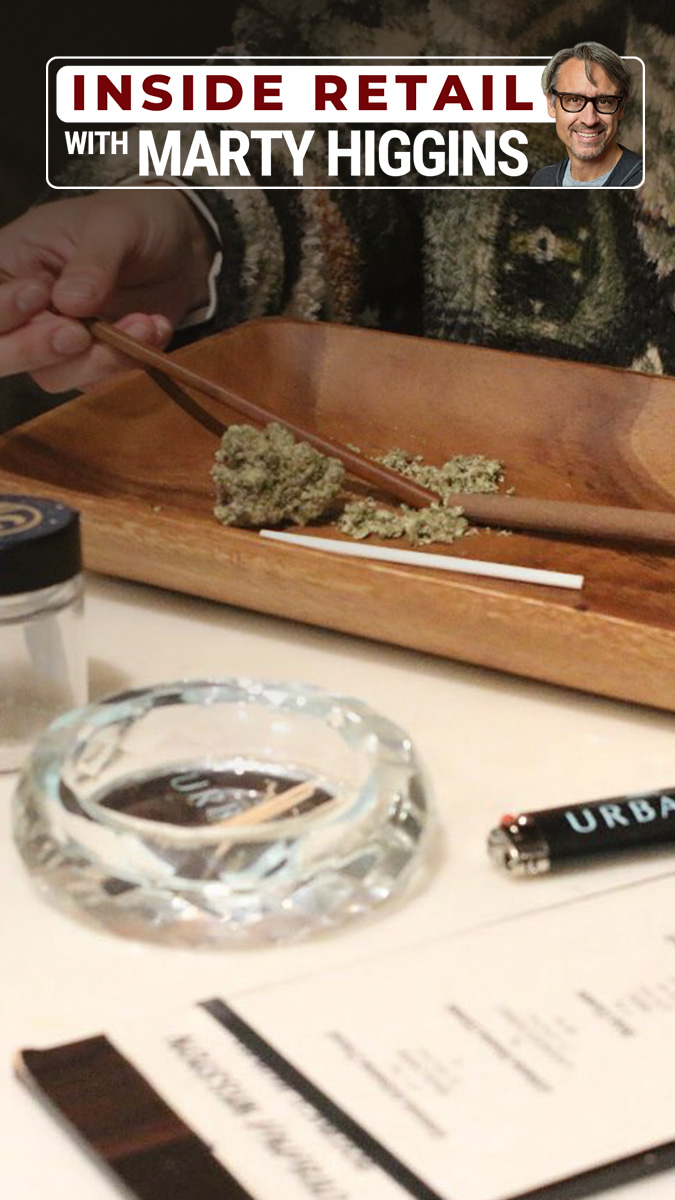New National Survey Highlights Cannabis Engagement Rise, Backing Broader Access and Uniform Legal Framework
LOS ANGELES – A fresh national survey underscores Cannabis’s deepening foothold in American life, with 31% of adults reporting use within the last six months. Released last month, the MRI-Simmons 2025 National Cannabis Study also captures widespread agreement on the plant’s role in generating tax dollars, bolstering community businesses, and delivering wellness gains.
The findings, drawn from a representative sample of more than 20,000 respondents, paint a picture of steady normalization. Researchers at MRI-Simmons, a market intelligence firm, tracked behaviors and attitudes across user segments, from daily enthusiasts to those on the sidelines. This marks the latest in a series of annual probes that have charted Cannabis’s shift from subculture staple to everyday option.
At its core, the data points to active engagement. That 31% figure translates to roughly 82.8 million people, based on The Annie E. Casey Foundation’s estimates for the adult population of 267 million.
Put another way, Cannabis consumption now rivals participation in activities like gym memberships or craft beer tastings, sectors long viewed as reliable consumer draws. Non-users aren’t entirely detached either: 55% said they would use Cannabis if state laws permitted it, including 39% of current abstainers.
Support for federal-level changes stands out even more sharply. Fully 62% of those surveyed favor nationwide legalization, up from figures in prior years that hovered in the mid-50s. Another 64% anticipate all states will follow suit by 2030. These views cross party lines and regions, with urban and rural respondents alike nodding to reduced black-market activity [70% linked legalization to curbing illegal sales] as a practical upside.
Economically, the numbers reinforce Cannabis as a revenue engine. Seventy-four percent called it a sound strategy for increasing state coffers, while 73% credited dispensaries with lifting local job markets and foot traffic. More than two-thirds [65%] would greenlight a storefront in their own neighborhood, and 54% expressed openness to staking capital in the sector. Banking access emerged as a flashpoint, too: 66% urged federal relief for financial institutions wary of Cannabis clients under current rules.
Health angles drew near-universal nods. Seventy-three percent affirmed Cannabis’s broad medical upsides, and 68% spotlighted Cannabis’s specific therapeutic value. Sixty-six percent tied it to mental and physical equilibrium, with a matching share praising CBD for skin and stress relief. Even skeptics conceded ground, as 61% pegged it as a cleaner swap for alcohol in social settings.
Digging deeper, the study segments consumers into archetypes that reveal tactical opportunities. “Cannabis Mavens,” the most avid group at 15% of adults, skew younger and skewer traditional vices while chasing infused edibles and topicals. At the other end, “Cannabis Critics” make up 20%, often citing scent or stigma as deterrents but warming to low-dose wellness items. Bridging these poles, interest in novel formats runs high: 54% eyed Cannabis-laced eats and drinks, another 54% fancied pot-friendly getaways, and 45% perked up at wellness lines like balms and baths.
From a business standpoint, these patterns signal ripe ground for diversification. Edibles and beverages, for instance, could capture a slice of the $100 billion functional foods market, where health claims drive premiums. Tourism tie-ins might funnel visitors to states like Colorado or California, where legal frameworks already support experiential ventures.
Yet challenges persist. Regulatory patchwork still hampers interstate commerce, and federal inaction on banking ties up capital that could fuel R&D. Critics might counter that self-reported data risks inflation, especially on sensitive topics like drug use. Still, MRI-Simmons cross-checked responses against purchase records and demographic controls, lending credibility. Compared to 2019 benchmarks, interest in infused products has climbed 21%, a trajectory that aligns with sales tallies from states like Illinois and New York, now cresting $1.5 billion annually each.
Politically, the momentum tilts toward action. Fifty-nine percent said they would back candidates championing reform, a lever that could sway tight races. Add in calls to expunge records [63% in favor] and prioritize ex-offenders for licenses [52%], and the case for equity reforms strengthens.
Wrapping up, this snapshot from MRI-Simmons affirms Cannabis as a fixture in the national conversation, backed by hard numbers on adoption and approval. For observers, analysts, operators, and investors, it serves as a call to refine strategies around proven demands, from wellness innovation to community integration. As the sector steadies itself for another harvest cycle, these insights equip decision-makers to navigate growth with eyes wide open.











